Dear Zazie, Here is today’s Lovers’ Chronicle from Mac Tag. How do you celebrate beauty and the Bard? Who do you see walkin’ down the street? I see a pretty woman! Rhett
The Lovers’ Chronicle
Dear Muse,
© copyright 2021 mac tag/cowboy coleridge all rights reserved
© copyright 2020 mac tag/cowboy coleridge all rights reserved
a sonnet that tells
how still as it was
on the day
when first seen
or a song that asks
how to compare
what knows
no comparison
perhaps some verse
that speaks,
but soft, of light
that breaks
all ’round
and none as fair
of dreams
and fond adieu
till we meet again
© copyright 2019 mac tag/cowboy coleridge all rights reserved
Today marks Shakespeare’s birth
Plus or minus a day
But the date matters not
The question before us;
To celebrate or not
To celebrate? We shall!
How about a sonnet
That tells of thy beauty
A beauty to be woo’d
How thy beauty is still
As it was on the day
When first your eye I eyed
Or a sonnet that asks
How shall I compare thee?
Whatever that may be,
Whether ’tis summer’s day,
It matters not a whit
For thou art more lovely
I could compose some verse
That speaks, but soft, of light
That breaks from your window
As though thou were the sun,
A light that can shame stars
And which none is as fair
Perhaps a toast will do
To the Bard and beauty
And to such stuff as dreams
And wishes are made of
For now bid fond adieu
Till the twain meet again
© Copyright 2011 Mac Tag. All rights reserved.
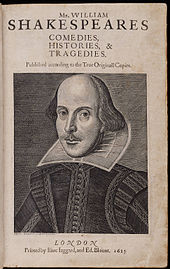 Today is the day that Shakespeare’s birthday is traditionally celebrated. We do not know for certain when he was born but we know he was baptised on 26 April 1564. Back then infants were usually baptised two or three days after birth. We have Shakespeare to thank for the now common phrase, “love is blind”. Indeed, it can be. I often quote him in my writing and speech. A few of the best;
Today is the day that Shakespeare’s birthday is traditionally celebrated. We do not know for certain when he was born but we know he was baptised on 26 April 1564. Back then infants were usually baptised two or three days after birth. We have Shakespeare to thank for the now common phrase, “love is blind”. Indeed, it can be. I often quote him in my writing and speech. A few of the best;
It is the east, and Juliet is the sun.
Arise, fair sun, and kill the envious moon,
Who is already sick and pale with grief
That thou, her maid, art far more fair than she.
Romeo And Juliet Act 2, scene 2 And Caesar’s spirit, raging for revenge,
With Ate by his side come hot from hell,
Shall in these confines with a monarch’s voice
Cry “Havoc!” and let slip the dogs of war,
That this foul deed shall smell above the earth
With carrion men, groaning for burial.
Julius Caesar Act 3, scene 1 Once more unto the breach, dear friends, once more;
Or close the wall up with our English dead.
In peace there’s nothing so becomes a man
As modest stillness and humility;
But when the blast of war blows in our ears,
Then imitate the action of the tiger. . . .
Henry The Fifth Act 3, scene 1
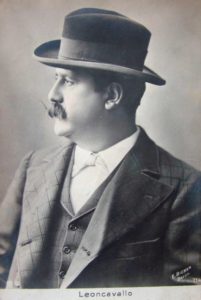
Today is the birthday of Ruggero (or Ruggiero) Leoncavallo (Naples 23 April 1857 – 9 August 1919 Tuscany); opera composer and librettist. Although he would produce numerous operas and other songs throughout his career it is his two-act work Pagliacci (1892) that remains his lasting contribution. Pagliacci, is one of the most popular works in the opera repertory. His other well known works include the song “Mattinata”, popularized by Enrico Caruso, as well as the symphonic poem La nuit de mai.
Pagliacci (meaning “Clowns”) is an Italian opera in a prologue and two acts, with music and libretto by Leoncavallo. It is the only Leoncavallo opera that is still widely performed. It is often staged by opera companies as a double bill with Cavalleria rusticana by Pietro Mascagni, known as Cav and Pag. Pagliacci premiered at the Teatro Dal Verme in Milan on 21 May 1892, conducted by Arturo Toscanini, with Adelina Stehle as Nedda, Fiorello Giraud as Canio, Victor Maurel as Tonio, and Mario Ancona as Silvio. Nellie Melba played Nedda in London in 1892, soon after the Italian premiere, and it was given in New York on 15 June 1893, with Agostino Montegriffo as Canio.

“Vesti la giubba” (“Put on the costume”, sometimes translated as “On With the Motley”) is a tenor aria from Pagliacci. “Vesti la giubba” is sung at the conclusion of the first act, when Canio discovers his wife’s infidelity, but must prepare for his performance as Pagliaccio the clown because “the show must go on”. The aria is often regarded as one of the most moving in the operatic repertoire. The pain of Canio is portrayed in the aria and exemplifies the entire notion of the “tragic clown”: smiling on the outside but crying on the inside. This is still displayed today, as clown makeup sometimes features the painted-on tear running down the cheek of the performer. The 1902 recording of the aria, sung by Enrico Caruso, was the first million-selling record in history.
 |
Performed by Enrico Caruso, recorded on March 17, 1907
|
|
Recitar! Mentre preso dal delirio, Vesti la giubba e la faccia infarina. Ridi, Pagliaccio, |
Act! While in delirium, Put on your costume, powder your face. Laugh, clown, |
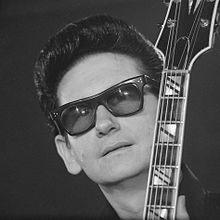 Today is the birthday of singer and songwriter, the Big O, the Caruso of Rock, Roy Orbison (1936), born Roy Kelton Orbison in Vernon, Texas. By the time he was seven, he knew that music was his calling. He later said, “I was finished, you know, for anything else.” Clearly one of my songwriting heroes. My list of favorite Orbison songs includes; “Only the Lonely”, “Crying”, “Oh, Pretty Woman”, “Running Scared”, “Blue Bayou”, and “In Dreams”.
Today is the birthday of singer and songwriter, the Big O, the Caruso of Rock, Roy Orbison (1936), born Roy Kelton Orbison in Vernon, Texas. By the time he was seven, he knew that music was his calling. He later said, “I was finished, you know, for anything else.” Clearly one of my songwriting heroes. My list of favorite Orbison songs includes; “Only the Lonely”, “Crying”, “Oh, Pretty Woman”, “Running Scared”, “Blue Bayou”, and “In Dreams”.
His career ignited in 1960 with a song that had been turned down by Elvis Presley and the Everly Brothers. “Only the Lonely” was the antithesis of the typical rock and roll song of the period, with no driving beat or teenage defiance; it was mournful and plaintive, with a string section backing up Orbison’s operatic voice. He had severe stage fright, and performed dressed all in black, hiding behind a pair of thick prescription Wayfarer sunglasses. He said: “I wasn’t trying to be weird, you know? … But the image developed of a man of mystery and a quiet man in black, somewhat of a recluse, although I never was, really.”
One day, during a songwriting session with his partner Bill Dees, Orbison asked his wife, Claudette Frady Orbison, if she needed any money for her upcoming trip to Nashville. Dees remarked, “Pretty woman never needs any money.” Forty minutes later, Orbison’s most famous hit, “Oh, Pretty Woman,” had been written.
Of Orbison, Bruce Springsteen said; “He was the true master of the romantic apocalypse you dreaded, and knew was coming after the first night you whispered ‘I Love You’ to your first girlfriend. You were going down. Roy was the coolest uncool loser you’d ever seen. With his Coke-bottle black glasses, his 3-octave range, he seemed to take joy sticking his knife deep into the hot belly of your teenage insecurities.”
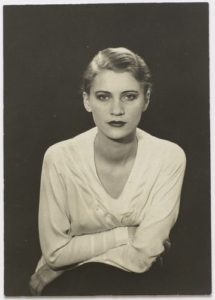 Today is the birthday of Lee Miller (Elizabeth “Lee” Miller, Lady Penrose; Poughkeepsie, New York; Chiddingly, East Sussex, Great Britain; April 23, 1907 – July 21, 1977); model, muse, photographer, and photojournalist. She was a fashion model in New York City in the 1920s before going to Paris, where she became a fashion and fine art photographer. During the Second World War, she was a war correspondent for Vogue, covering events such as the London Blitz, the liberation of Paris, and the concentration camps at Buchenwald and Dachau.
Today is the birthday of Lee Miller (Elizabeth “Lee” Miller, Lady Penrose; Poughkeepsie, New York; Chiddingly, East Sussex, Great Britain; April 23, 1907 – July 21, 1977); model, muse, photographer, and photojournalist. She was a fashion model in New York City in the 1920s before going to Paris, where she became a fashion and fine art photographer. During the Second World War, she was a war correspondent for Vogue, covering events such as the London Blitz, the liberation of Paris, and the concentration camps at Buchenwald and Dachau.
In 1929, Miller traveled to Paris with the intention of apprenticing herself to the surrealist artist and photographer Man Ray. Although, at first, he insisted that he did not take students, Miller soon became his model and collaborator (announcing to him, “I’m your new student”), as well as his lover and muse.
In 1934, Miller abandoned her studio to marry the Egyptian businessman and engineer Aziz Eloui Bey, who had come to New York City to buy equipment for the Egyptian National Railways. Although she did not work as a professional photographer during this period, the photographs she took while living in Egypt with Eloui, including Portrait of Space, are regarded as some of her most striking surrealist images. In Cairo, Miller took a photograph of the desert near Siwa that Magritte saw and used as inspiration for his 1938 painting “Le Baiser.”
By 1937, Miller had grown bored with her life in Cairo and returned to Paris, where she met the British surrealist painter and curator Roland Penrose, whom she later would marry.
At the outbreak of World War II, Miller was living in Hampstead in London with Penrose when the bombing of the city began. Ignoring pleas from friends and family to return to the US, Miller embarked on a new career in photojournalism as the official war photographer for Vogue, documenting the Blitz. She traveled to France less than a month after D-Day and recorded the first use of napalm at the siege of St. Malo, as well as the liberation of Paris, the Battle of Alsace, and the horror of the Nazi concentration camps at Buchenwald and Dachau.
After returning to Britain from central Europe, Miller started to suffer from severe episodes of clinical depression and what later became known as Post traumatic stress disorder (PTSD). She began to drink heavily, and became uncertain about her future. In 1946, she traveled with Penrose to the United States, where she visited Ray in California. After she discovered she was pregnant by Penrose with her only son, she divorced Bey and, on May 3, 1947, married Penrose. Their son, Antony Penrose, was born in September 1947.
In 1949, the couple bought Farley Farm House in Chiddingly, East Sussex. During the 1950s and 1960s, Farley Farm became a sort of artistic Mecca for visiting artists such as Picasso, Ray, Henry Moore, Eileen Agar, Jean Dubuffet, Dorothea Tanning, and Max Ernst. While Miller continued to do the occasional photo shoot for Vogue, she soon discarded the darkroom for the kitchen, becoming a gourmet cook. According to her housekeeper Patsy she specialized in “historical food” like roast suckling pig as well as fare such as marshmallows in a cola sauce (especially made to annoy English critic Cyril Connolly who told her Americans could not cook). She also provided photographs for biographies Penrose wrote on Picasso and Antoni Tàpies. However, images from the war, especially the concentration camps, continued to haunt her and she started on what her son later described as a “downward spiral”. Her depression may have been accelerated by her husband’s long affair with the trapeze artist Diane Deriaz.
Miller was investigated by the British security service MI5 during the 1940s and 1950s, on suspicion of being a Soviet spy.
In October 1969, Miller was asked in an interview with a New York Times reporter what it was that drew her to photography. Her response was that it was “a matter of getting out on a damn limb and sawing it off behind you.”
Gallery
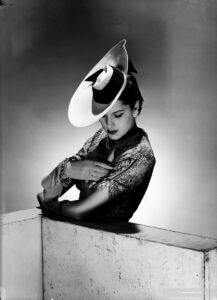
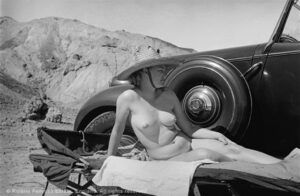
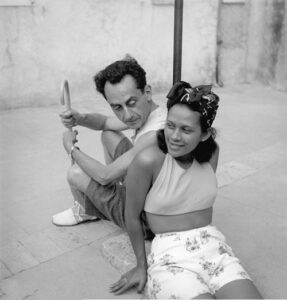
Man Ray & Ady Fidelin
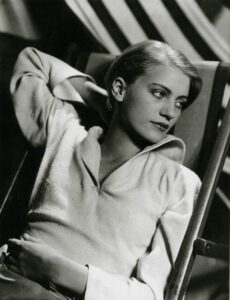
Photo by George Hoyningen-Huene, 1932
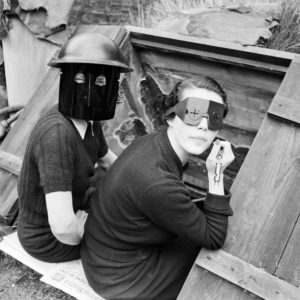
Women with Fire Masks and Whistles, London 1941
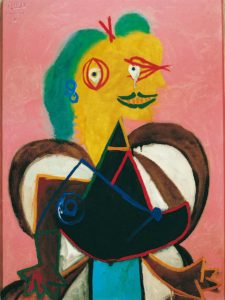
Portrait by Picasso
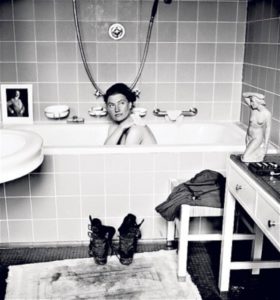
HItler’s Bathtub
Mac Tag

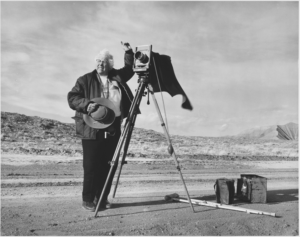 Today is the birthday of Laura Gilpin (Austin Bluffs, Colorado April 22, 1891 – November 30, 1979 Santa Fe); American photographer. She is known for her photographs of American Indians, (particularly the Navajo and Pueblo), and southwestern landscapes. Gilpin began taking photographs as a child in Colorado, and formally studied photography in New York in 1916-1917 before returning to her home in Colorado to begin her career as a professional photographer.
Today is the birthday of Laura Gilpin (Austin Bluffs, Colorado April 22, 1891 – November 30, 1979 Santa Fe); American photographer. She is known for her photographs of American Indians, (particularly the Navajo and Pueblo), and southwestern landscapes. Gilpin began taking photographs as a child in Colorado, and formally studied photography in New York in 1916-1917 before returning to her home in Colorado to begin her career as a professional photographer.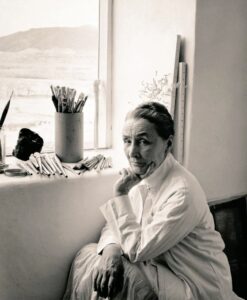
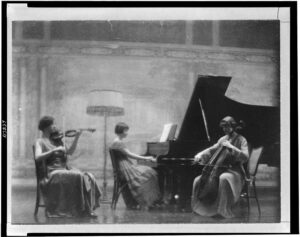
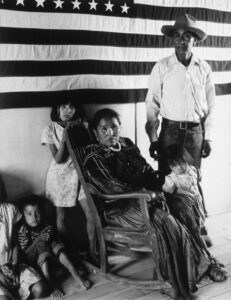
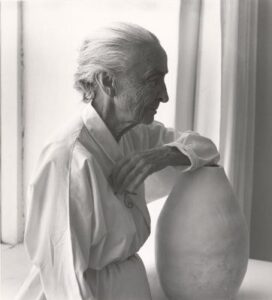
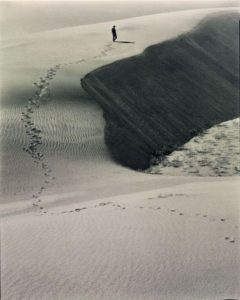
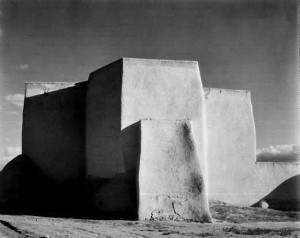

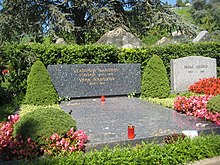


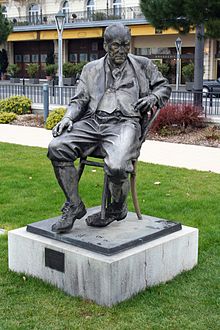
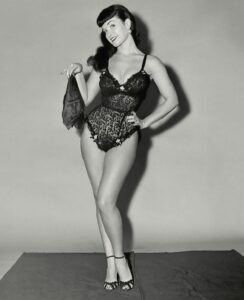
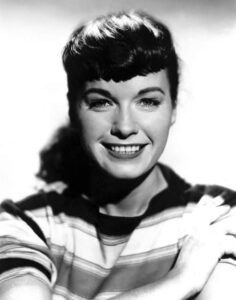
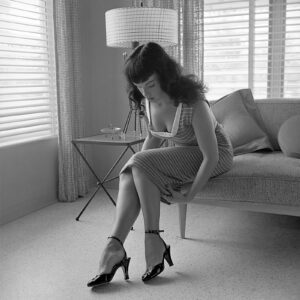
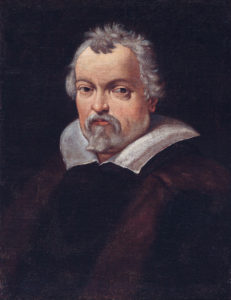

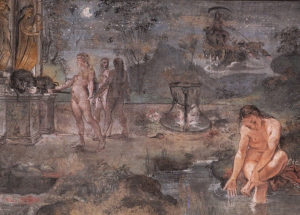



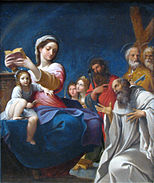

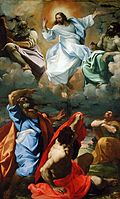

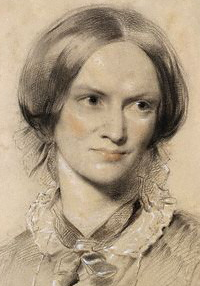

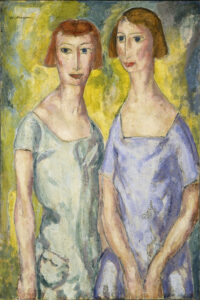
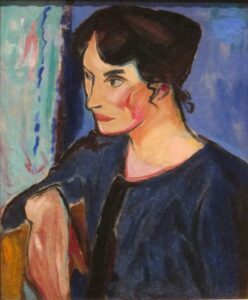
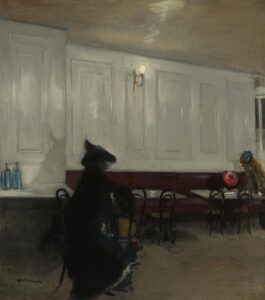

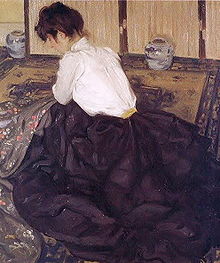

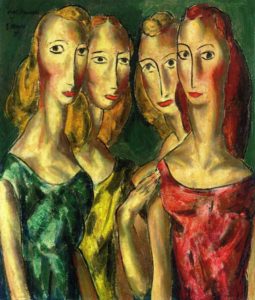
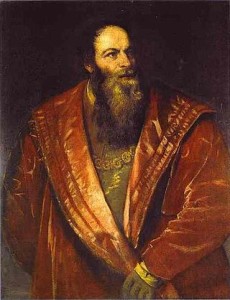


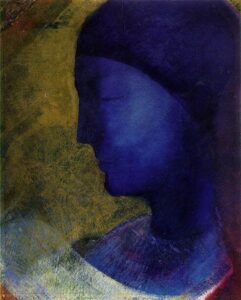
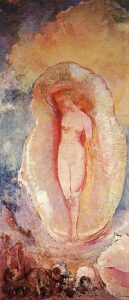


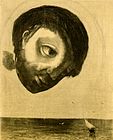
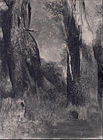

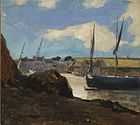


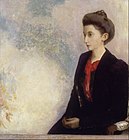

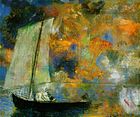










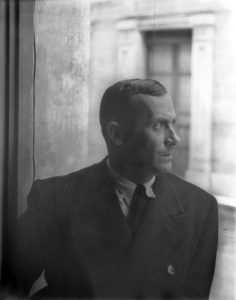 Today is the birthday of Joan Miró i Ferrà (Barcelona; 20 April 1893 – 25 December 1983 Palma (Majorca)); painter, sculptor, and ceramicist. A museum dedicated to his work, the Fundació Joan Miró, was established in his native city in 1975, and another, the Fundació Pilar i Joan Miró, was established in his adoptive city of Palma de Mallorca in 1981.
Today is the birthday of Joan Miró i Ferrà (Barcelona; 20 April 1893 – 25 December 1983 Palma (Majorca)); painter, sculptor, and ceramicist. A museum dedicated to his work, the Fundació Joan Miró, was established in his native city in 1975, and another, the Fundació Pilar i Joan Miró, was established in his adoptive city of Palma de Mallorca in 1981.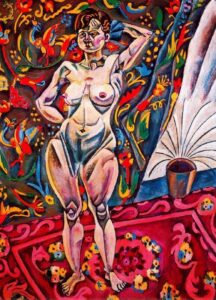
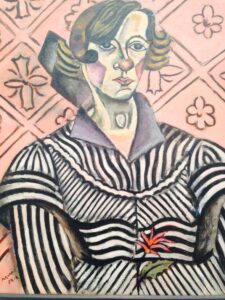
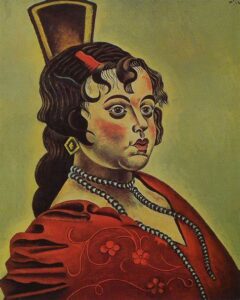







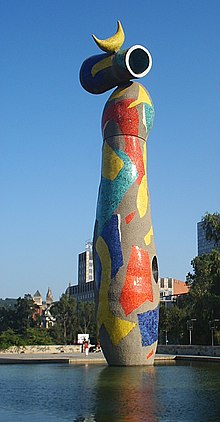






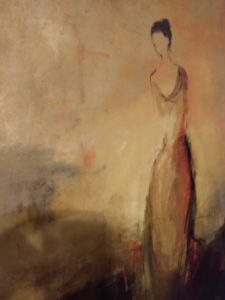
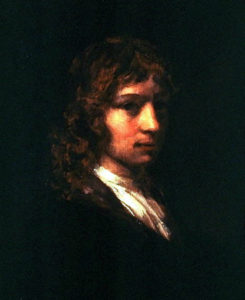 Today is the baptismal day of Willem Drost (Amsterdam 19 April 1633 – buried 25 February 1659); Dutch Golden Age painter and printmaker.
Today is the baptismal day of Willem Drost (Amsterdam 19 April 1633 – buried 25 February 1659); Dutch Golden Age painter and printmaker.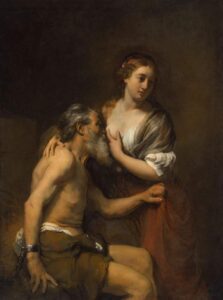
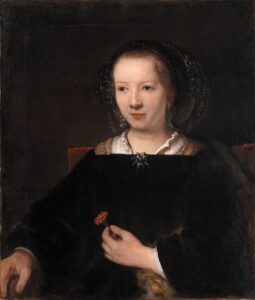
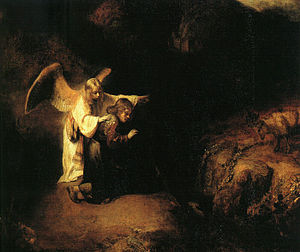
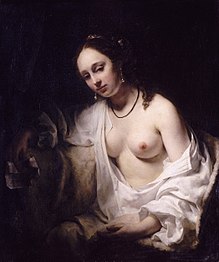



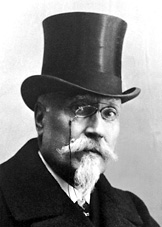 Today is the birthday of José Echegaray y Eizaguirre (Madrid 19 April 1832 – 14 September 1916 Madrid); civil engineer, mathematician, statesman, and one of the leading Spanish dramatists of the last quarter of the 19th century. He was awarded the 1904 Nobel Prize for Literature “in recognition of the numerous and brilliant compositions which, in an individual and original manner, have revived the great traditions of the Spanish drama.”
Today is the birthday of José Echegaray y Eizaguirre (Madrid 19 April 1832 – 14 September 1916 Madrid); civil engineer, mathematician, statesman, and one of the leading Spanish dramatists of the last quarter of the 19th century. He was awarded the 1904 Nobel Prize for Literature “in recognition of the numerous and brilliant compositions which, in an individual and original manner, have revived the great traditions of the Spanish drama.”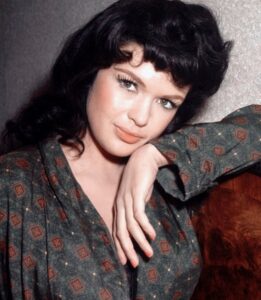
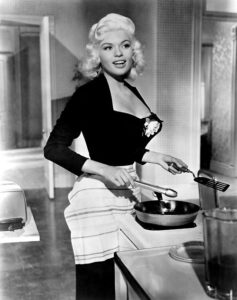
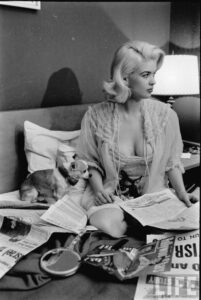
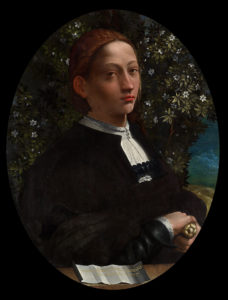


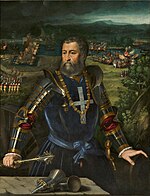
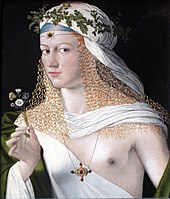


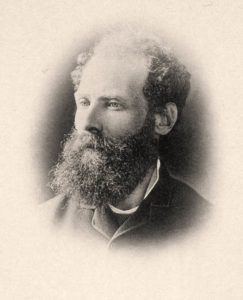 Today is the birthday of poet, philosopher and writer Antero de Quental (Ponta Delgada on the island of São Miguel, in the Azores18 April 1842 – 11 September 1891 Ponta Delgada). His works became a milestone in the Portuguese language alongside those of Camões, Bocage, and Fernando Pessoa.
Today is the birthday of poet, philosopher and writer Antero de Quental (Ponta Delgada on the island of São Miguel, in the Azores18 April 1842 – 11 September 1891 Ponta Delgada). His works became a milestone in the Portuguese language alongside those of Camões, Bocage, and Fernando Pessoa.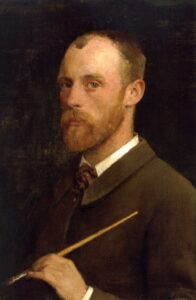 Today is the birthday of George Clausen (London 18 April 1852 – 22 November 1944 Cold Ash, West Berkshire, England); artist working in oil and watercolour, etching, mezzotint, drypoint and occasionally lithographs.
Today is the birthday of George Clausen (London 18 April 1852 – 22 November 1944 Cold Ash, West Berkshire, England); artist working in oil and watercolour, etching, mezzotint, drypoint and occasionally lithographs.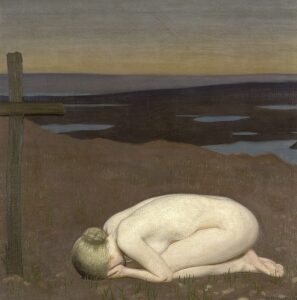
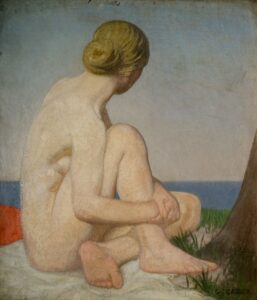

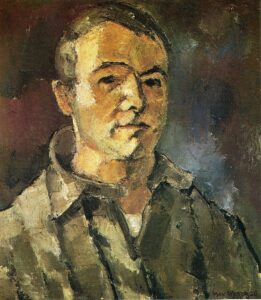 And today is the birthday of Max Weber (Białystok, Poland; April 18, 1881 – October 4, 1961); painter and one of the first American Cubist painters who, in later life, turned to more figurative Jewish themes in his art. He is best known today for Chinese Restaurant (1915), in the collection of the Whitney Museum of American Art, “the finest canvas of his Cubist phase,” in the words of art historian Avis Berman.
And today is the birthday of Max Weber (Białystok, Poland; April 18, 1881 – October 4, 1961); painter and one of the first American Cubist painters who, in later life, turned to more figurative Jewish themes in his art. He is best known today for Chinese Restaurant (1915), in the collection of the Whitney Museum of American Art, “the finest canvas of his Cubist phase,” in the words of art historian Avis Berman.

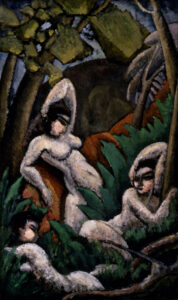

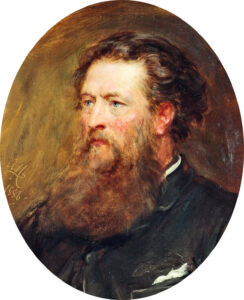


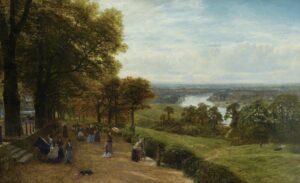
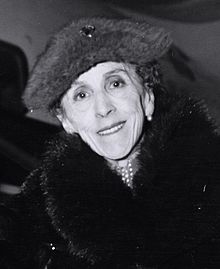


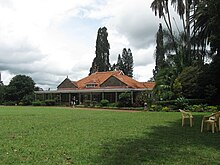
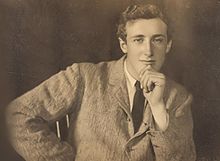

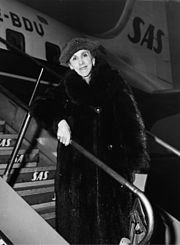
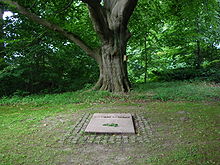

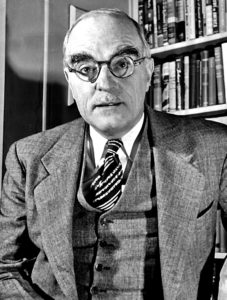 And today is the birthday of Thornton Wilder (born Thornton Niven Wilder; Madison, Wisconsin; April 17, 1897 – December 7, 1975 Hamden, Connecticut); playwright and novelist. He won three Pulitzer Prizes—for the novel The Bridge of San Luis Rey, and for the plays Our Town and The Skin of Our Teeth — and a U.S. National Book Award for the novel The Eighth Day.
And today is the birthday of Thornton Wilder (born Thornton Niven Wilder; Madison, Wisconsin; April 17, 1897 – December 7, 1975 Hamden, Connecticut); playwright and novelist. He won three Pulitzer Prizes—for the novel The Bridge of San Luis Rey, and for the plays Our Town and The Skin of Our Teeth — and a U.S. National Book Award for the novel The Eighth Day.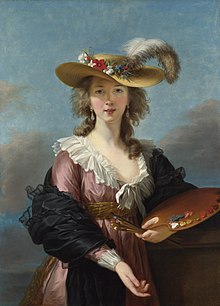
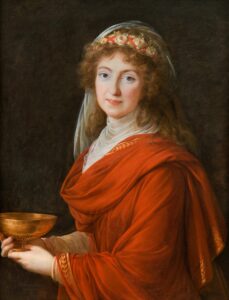











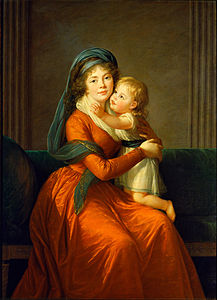





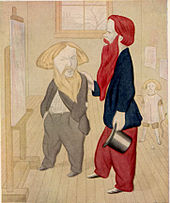
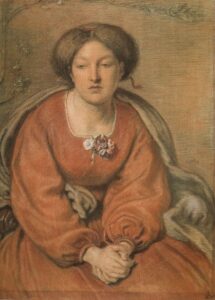
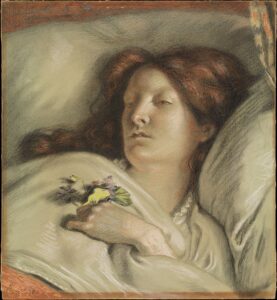


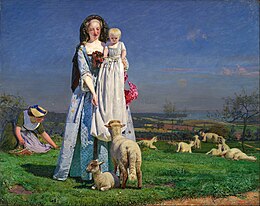
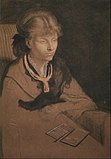
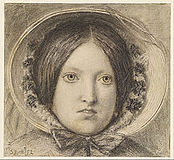





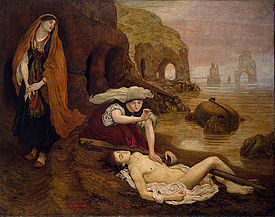
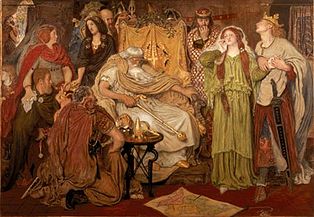


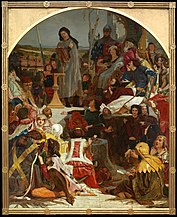

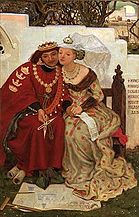
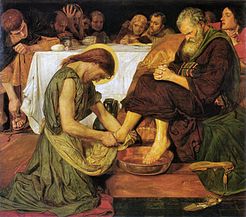
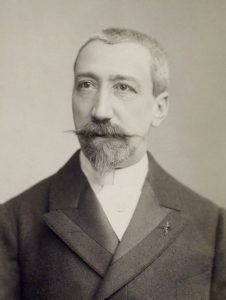 Today is the birthday of Anatole France
Today is the birthday of Anatole France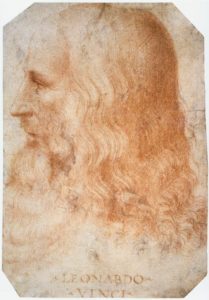 Today is the birthday of Leonardo da Vinci (Leonardo di ser Piero da Vinci, Vinci 15 April 1452 – 2 May 1519 Amboise, Kingdom of France); polymath whose areas of interest included invention, painting, sculpting, architecture, science, music, mathematics, engineering, literature, anatomy, geology, astronomy, botany, writing, history, and cartography. He has been called the father of paleontology, ichnology, and architecture, and is widely considered one of the greatest painters of all time. His genius epitomized the Renaissance humanist ideal.
Today is the birthday of Leonardo da Vinci (Leonardo di ser Piero da Vinci, Vinci 15 April 1452 – 2 May 1519 Amboise, Kingdom of France); polymath whose areas of interest included invention, painting, sculpting, architecture, science, music, mathematics, engineering, literature, anatomy, geology, astronomy, botany, writing, history, and cartography. He has been called the father of paleontology, ichnology, and architecture, and is widely considered one of the greatest painters of all time. His genius epitomized the Renaissance humanist ideal.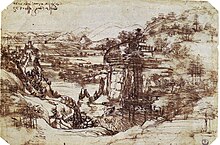
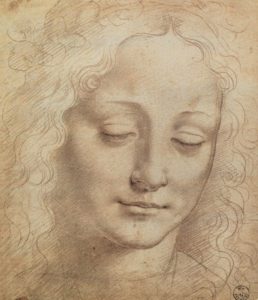







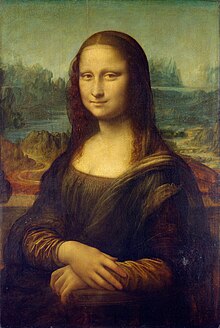





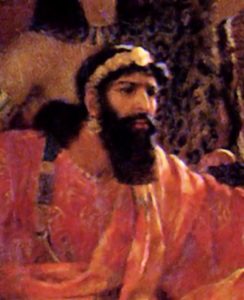 On this day in 1738 – Serse, an Italian opera by George Frideric Handel receives its premiere performance in London, England. It is an opera seria in three acts. The Italian libretto was adapted by an unknown hand from that by Silvio Stampiglia for an earlier opera of the same name by Giovanni Bononcini in 1694. Stampiglia’s libretto was itself based on one by Nicolò Minato that was set by Francesco Cavalli in 1654. The opera is set in Persia (modern-day Iran) in 480 BC and is very loosely based upon Xerxes I of Persia, though there is little in either the libretto or music that is relevant to that setting. Serse, originally sung by a castrato, is now usually performed by a mezzo-soprano, contralto or countertenor. The opening aria, “Ombra mai fu”, sung by Xerxes to a plane tree (Platanus orientalis). Ombra is the Italian word for shade, as in shade tree. In the writings of the Greek historian Herodotus, Xerxes is depicted as an all-powerful despot, whose every whim became law. As evidence of the irrational effect of absolute power, Herodotus tells of Xerxes’ fondness for a certain plane tree that he ordered decorated with gold ornaments and put under perpetual military guard as a sign of royal favor. In Handel’s opera, the famous “Largo” is actually Xerxes’s dreamy song to this famous tree-and the “shade” referred to is the sort to be found under its gold-bedecked branches. It is set to one of Handel’s best-known melodies, and is often known as
On this day in 1738 – Serse, an Italian opera by George Frideric Handel receives its premiere performance in London, England. It is an opera seria in three acts. The Italian libretto was adapted by an unknown hand from that by Silvio Stampiglia for an earlier opera of the same name by Giovanni Bononcini in 1694. Stampiglia’s libretto was itself based on one by Nicolò Minato that was set by Francesco Cavalli in 1654. The opera is set in Persia (modern-day Iran) in 480 BC and is very loosely based upon Xerxes I of Persia, though there is little in either the libretto or music that is relevant to that setting. Serse, originally sung by a castrato, is now usually performed by a mezzo-soprano, contralto or countertenor. The opening aria, “Ombra mai fu”, sung by Xerxes to a plane tree (Platanus orientalis). Ombra is the Italian word for shade, as in shade tree. In the writings of the Greek historian Herodotus, Xerxes is depicted as an all-powerful despot, whose every whim became law. As evidence of the irrational effect of absolute power, Herodotus tells of Xerxes’ fondness for a certain plane tree that he ordered decorated with gold ornaments and put under perpetual military guard as a sign of royal favor. In Handel’s opera, the famous “Largo” is actually Xerxes’s dreamy song to this famous tree-and the “shade” referred to is the sort to be found under its gold-bedecked branches. It is set to one of Handel’s best-known melodies, and is often known as 





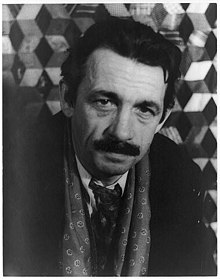
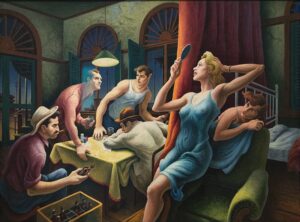
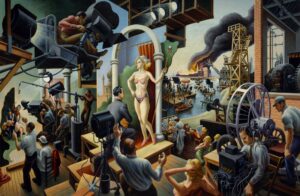
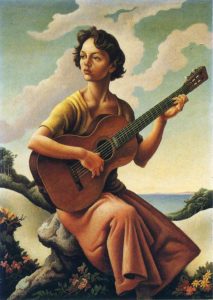

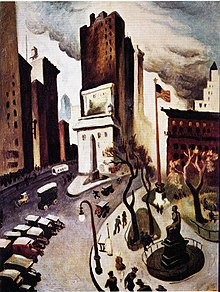

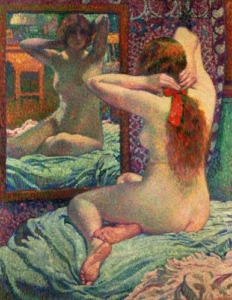

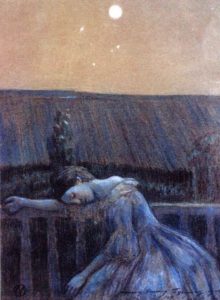


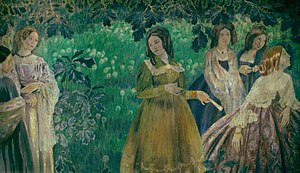


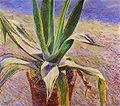

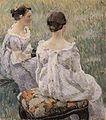






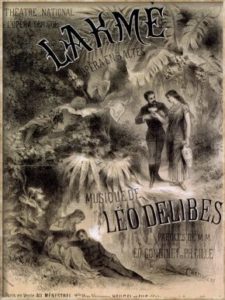 On this day in 1883 the premiere of Lakmé, an opera in three acts by Léo Delibes to a French libretto by Edmond Gondinet and Philippe Gille.
On this day in 1883 the premiere of Lakmé, an opera in three acts by Léo Delibes to a French libretto by Edmond Gondinet and Philippe Gille.
